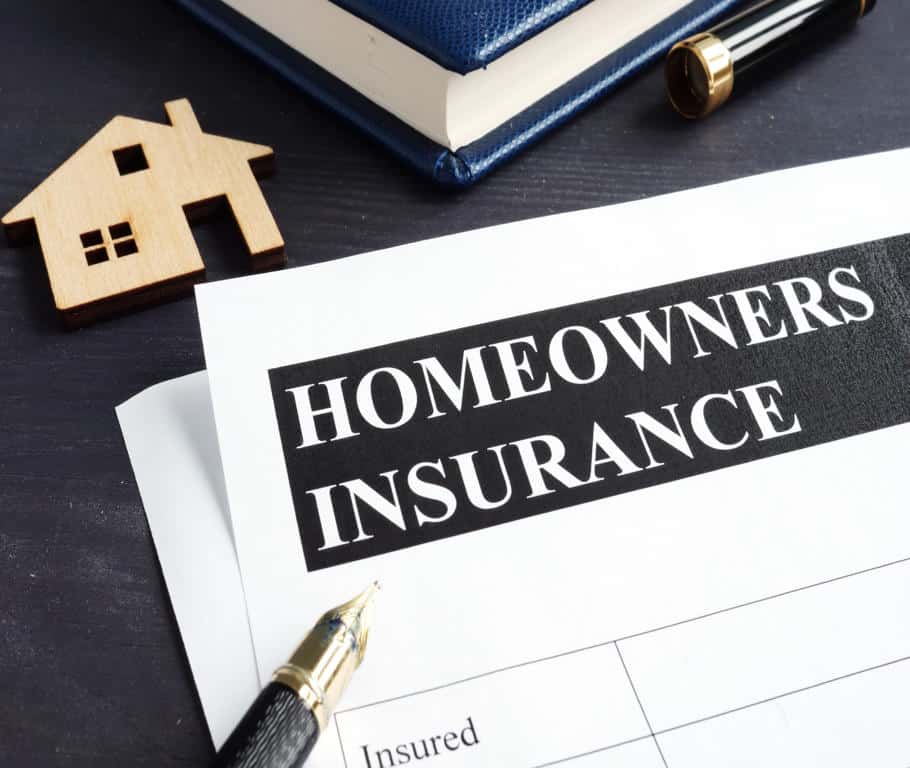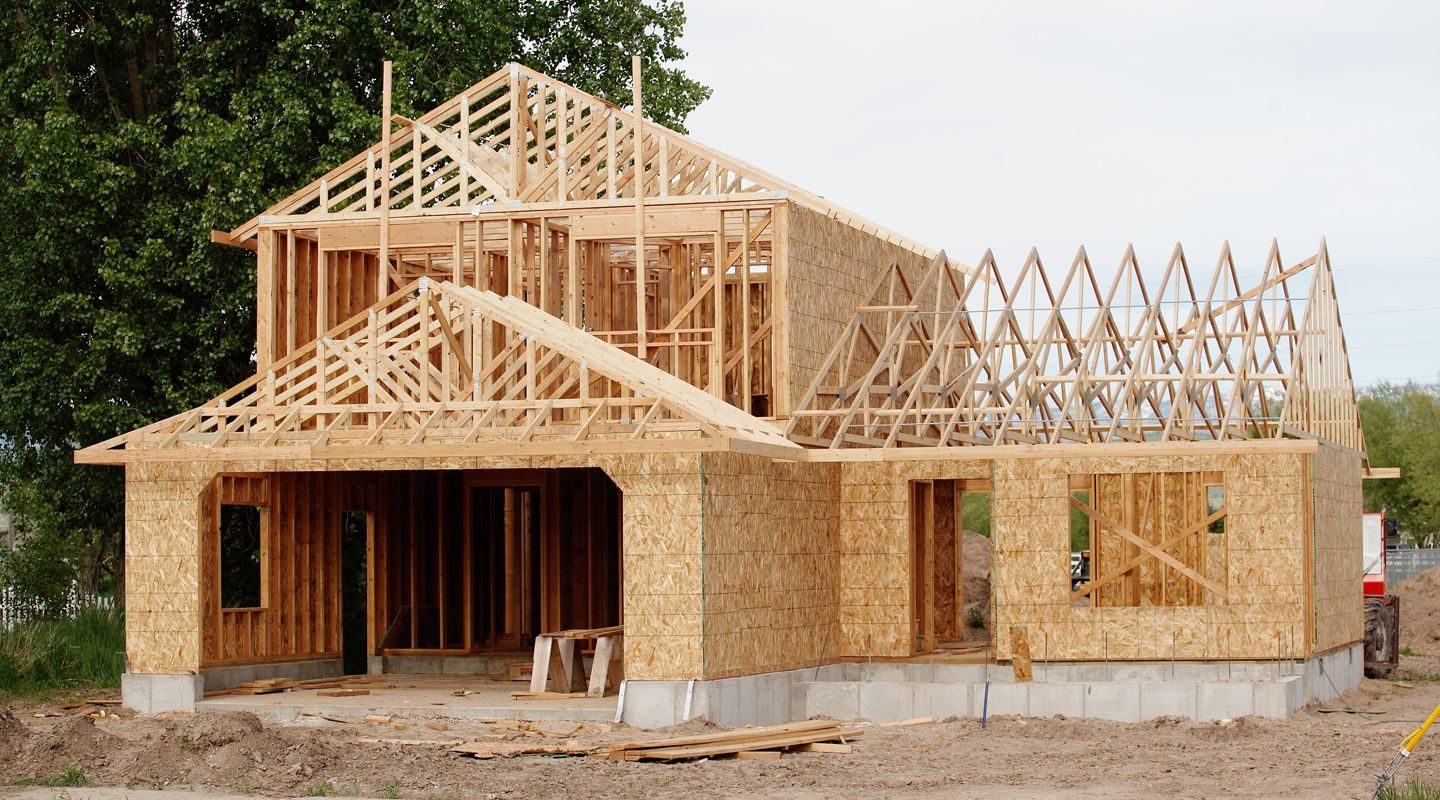And honestly, it’s not their fault. Between the insurance jargon, endless coverage options, and sneaky exclusions, it’s way too easy to think you’re covered… until you find out the hard way you’re not.
This isn’t just about protecting bricks, wood, and drywall — it’s about protecting the place where you make memories, host holidays, and binge-watch your favorite shows in pajamas. So let’s break this down like real humans, not insurance robots.
What Is Homeowners Insurance, Really?

At its simplest, homeowners insurance is your financial safety net when the unexpected happens. Depending on your policy, it can help with:
Property damage from disasters like fire, lightning, or a rogue tree branch crashing through your roof
Theft or vandalism, because sadly, not everyone out there is nice
Liability coverage if someone slips, trips, or gets hurt on your property
Temporary living expenses if you’re forced out during repairs
The three big reasons people have it:
To protect their property (house + belongings)
To protect themselves from lawsuits
Because their mortgage lender requires it
The Different Types of Home Insurance (Without the Snooze Factor)
Insurance companies love their alphabet soup of policy codes — HO-1, HO-2, HO-3 — but here’s what they actually mean in real life:
HO-1 – The Bare-Bones Option
Covers a small list of disasters like fire, lightning, or volcanic eruptions (yes, that’s on there). Rare these days.
HO-2 – The “Better Than Nothing” Plan
Adds more protections — theft, vandalism, snow damage — but still pretty basic.
HO-3 – The Gold Standard (most common)
Covers almost everything unless it’s specifically excluded. Includes liability coverage.
HO-4 – The Renter’s Plan
For tenants. Covers your stuff and protects you if guests get hurt.
HO-5 – The “I Want It All” Plan
The most comprehensive — covers high-value items, most disasters, but still excludes things like floods and war.
HO-6 – The Condo Owner’s Plan
HO-7 – The Mobile Home Plan
Tailored to manufactured and mobile homes.
HO-8 – The “Old But Gold” Plan
For historic or older homes where rebuild costs are higher than market value.
Dwelling Fire Policy
Covers the building itself from specific perils, but usually not your personal belongings. Often used for vacation homes.
What’s NOT Covered (And Why It Matters)
Standard policies have blind spots — and they can be big ones. Things you won’t typically get coverage for include:
Flood damage (needs a separate policy)
Earthquakes
Damage from pests like termites or mice
Everyday wear and tear
If you live near the coast, hurricane coverage is worth every penny. If you’re in California? Earthquake coverage is non-negotiable.
How Much Coverage Do You Actually Need?
Before you pick a policy, ask yourself:
What natural disasters are common in my area?
How sturdy is my home’s construction?

Do I have safety features like security systems or smoke detectors?
What Does It Cost?
On average, homeowners insurance runs about $1,000 a year — but that’s just a ballpark. Factors that can bump the price up or down:
Your home’s value and location
Crime rates in your area
The natural disaster risk
Your coverage limits and deductibles
Pro tip: Go for replacement cost coverage, not market value coverage. Rebuilding is almost always more expensive than you think.
Final Word
Here’s the bottom line: Homeowners insurance isn’t just a legal box to check for your mortgage lender — it’s your shield against financial chaos when life gets messy.
Don’t wait until disaster strikes to find out you’re underinsured. Review your policy. Ask your insurer:
Exactly what’s covered?
Do I need add-ons for floods, earthquakes, or expensive valuables?
Because when the roof caves in — literally — you’ll want more than hope on your side. You’ll want a policy that’s ready to go to battle for you.



